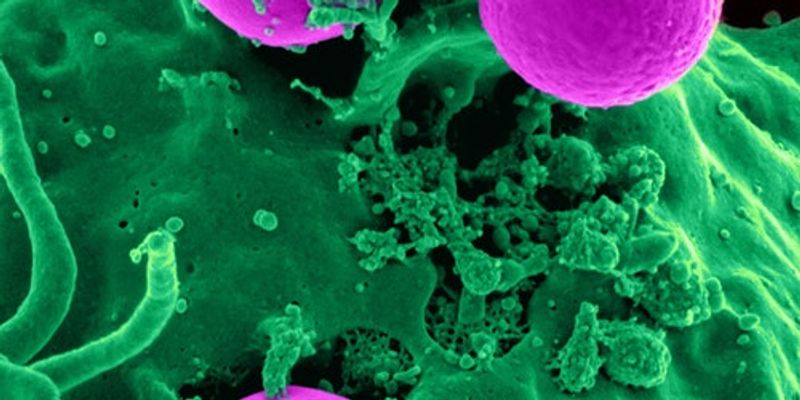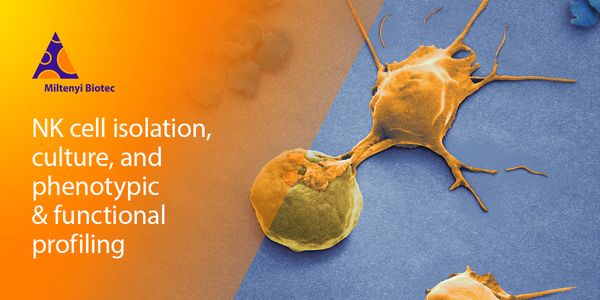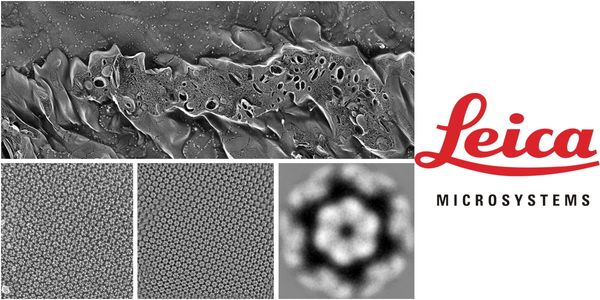Cell
Cell: is the smallest structural and functional unit of an organism, typically microscopic and consisting of cytoplasm and a nucleus enclosed in a membrane. Microscopic organisms typically consist of a single cell, which is either eukaryotic or prokaryotic.
-
Technological advances such as single-cell RNA sequencing accelerated our understanding of cellular diversity in tissues. However, the ability to elucidate this cellular heterogeneity while...Speaker: Jeroen Aerts, PhD
In 1910, Harrison published the first report of frog embryonic sympathetic ganglia grown in hanging drops of lymph for a few days, where single neurons extended nerve fibers with complex gro...
Speaker:
Erna van Niekerk, Ph.D.
Emerging data from several expansive clinical trials indicates that common chronic vascular risk factors such as diabetes, hypertension, obesity, and age increase the risk of stroke and deme...
Speaker:
Jason D. Hinman, PhD, MD
The increasing burden of neurological disorders as our population ages, together with the high personal and societal costs of mental and substance use disorders, underscores the need for new...
Speaker:
John J. Ngai, PhD
, Mohammad M. Ghassemi, PhD
, Susan Wright, PhD
, Grace Peng, PhD
, Hsiao Yu (Christina) Fang, PhD
, James Gnadt, PhD
Presented at: Neuroscience Virtual Event Series 2021
AUG 25, 2021 | 8:00 AM
Date: August 25, 2021 Time: 8:00am (PDT), 11:00am (EDT) Heterologous protein production is an indispensable tool in biotechnology and biopharma for manufacturing enzymes, protein therapeutic...
The misfolding of intrinsically disordered proteins (IDPs) such as tau and α-synuclein (αSyn) has been associated with the on-set and progression of Alzheimer’s (AD) and Pa...
Over 40 tandem repeats undergo expansion events that lead to neurological disease. This number is likely an underestimate as many repeats are difficult to amplify using existing short read s...
Speaker:
Paul Valdmanis, PhD
Adolescence is a critical period for the developing brain, and binge drinking during this neuromaturation can result in enduring abnormal brain function and behavior. Repeated adolescent bin...
Alzheimer’s and Parkinson’s diseases (AD, PD) are the two most common neurodegenerative disorders. Despite their debilitating effects and increasing prevalence in society, no cur...
Speaker:
Jacob McPhail, PhD
























